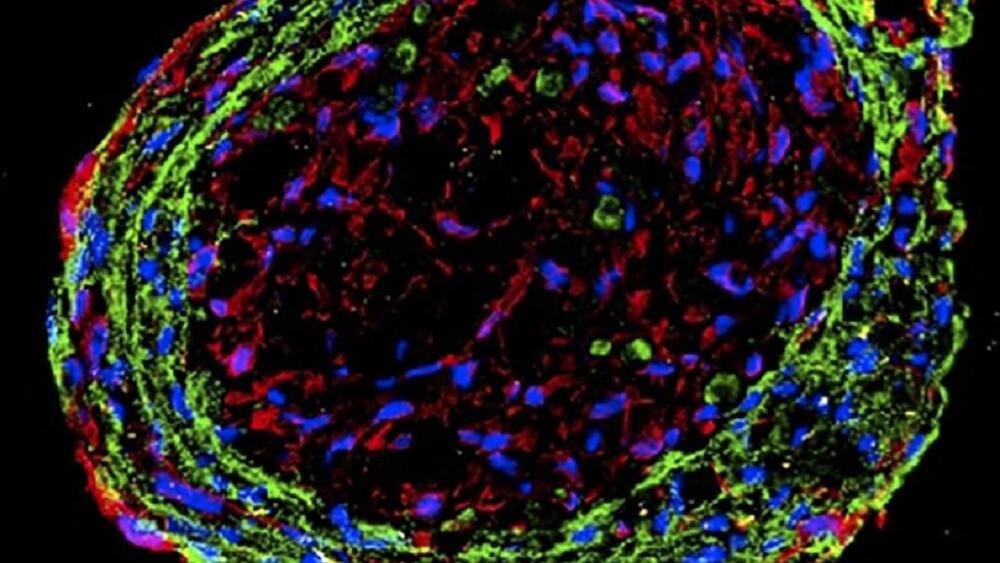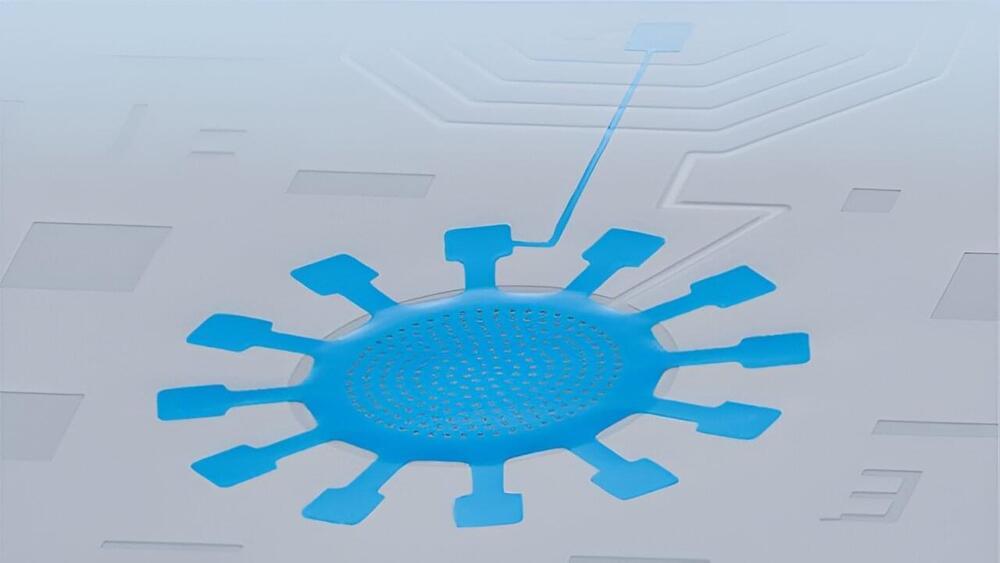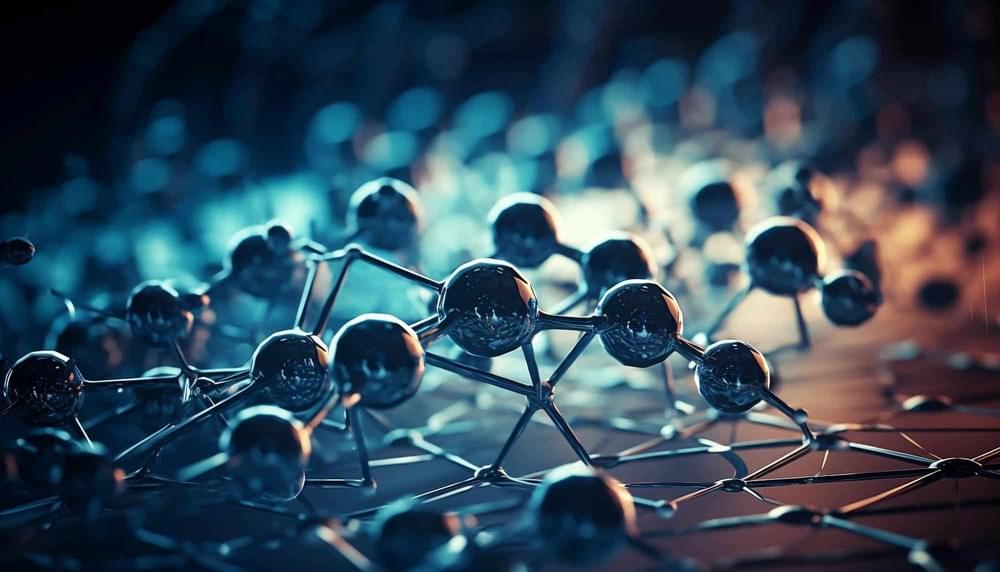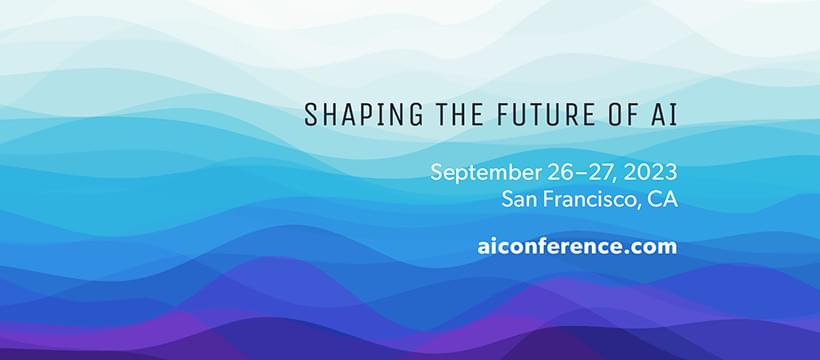In a recent narrative review published in BMJ Medicine, researchers summarized the current evidence on advancements in mechanical thrombectomy (MT), a ground-breaking treatment for acute ischaemic stroke involving removal of a thrombus by recanalization of an intracranial occlusion of a large vessel via an aspiration catheter, stent retriever, or both.
Study: Advances in mechanical thrombectomy for acute ischaemic stroke. Image Credit: SewCreamStudio/Shutterstock.com.






